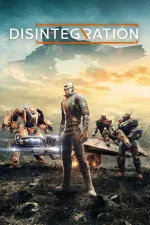Our extra-large special edition is here. Subscribe today and receive the 25% longer issue at no extra cost!

Disintegration Review
Halo was first conceived as a real-time strategy game, but it evolved into a first-person shooter over the course of development. I've often wondered what might have happened if Bungie had stuck to those strategy roots. Developer V1 Interactive – which is helmed by one of Halo's co-creators – has given us a window into a possible alternate reality with Disintegration, a sci-fi shooter that blends first-person combat with real-time strategy. But, if Disintegration is any indication of what might have been, then I’m glad the original Halo switched genres in development.
Conceptually, I like Disintegration. You spend the entire game aboard a gravcycle, which is basically a floating tank that gives you a birds-eye view of the action, allowing you to issue orders to a small squad of grunts while engaging in combat yourself. That idea is solid, and I appreciate how your combat hovercar adds a vertical element to first-person combat. However, Disintegration's gravcycle also makes you feel removed from the action, because you are literally floating above it.
Spending the entire game in the sky has a few unexpected consequences, like hampering your sense of speed. The gravcycle has a decent base speed for a ground vehicle, but since you hover overhead, you feel like you’re puttering across the battlefield in a golf cart. What’s more, since you float a story or two over your enemies’ heads, you often don’t have options for taking cover when things heat up. The action rarely gets that chaotic, and when you’re removed from the center of the battle, it feels like you’re shooting tiny fish in a big barrel.
Another problem is the lack of evolution in Disintegration’s moment-to-moment action. Your gravcycle's loadout for each mission is predetermined, which limits your options in combat; you’re typically outfitted with one offensive gun and one defensive tool, like something to heal the squad. This fixed loadout means that you spend long stretches going through the same motions, which makes encounters blend together.
Issuing orders to your squad offers a fun twist to combat, but doesn't fix Disintegration's larger issues. At any point, you can direct your team across the field, highlight targets for them to focus on, or deploy their special moves, which are set to cooldowns. These abilities range from simple grenades to disruption fields that briefly incapacitate enemies, but they’re almost always useful. I had fun firing abilities off each other for combos, like when I dropped a slow field on a group of enemies before hitting them with a mortar barrage. While Disintegration’s strategic elements are a highlight, they don’t feel important enough to turn the tides. Your squad members do a fine job of taking care of themselves, and they don’t hang around where you direct them for long, so you have little reason to micromanage their movements.
Some of the biggest flaws in Disintegration’s action are curtailed in multiplayer, where you encounter foes that maneuver around the environment like you, which provides a more engaging challenge. Disintegration’s multiplayer maps are smaller than the single-player campaign levels, which reduces the illusion of sluggish movement. These maps also offer places to hide and make use of your verticality. I got a thrill out of hiding in some overlooked corner of a map and then descending on a foe from above. Even so, Disintegrations first-person shooting remains barebones given your limited loadout. I also had a harder time corralling my troops in multiplayer; they often seemed eager to run into the fray and instantly die in larger firefights.
At release, multiplayer only features three modes: team deathmatch, king of the hill, and capture the flag. That sparse offering hurts Disintegration’s staying power, and I quickly felt like I had seen everything multiplayer had to offer. At the beginning of a match, you can choose from one of several teams, such as the shotgun-wielding Militia or the clown-themed Sideshows who fire sticky bombs, but these are just variations on the single-player loadouts, so the only real difference is the weapon you're using. Even Disintegration's progression system is lacking. You earn coins as you play, but the only thing to spend them on are new cosmetic options. These aren't even new costumes – they are simple color variants of the existing character models.
Disintegration’s core idea of blending a first-person shooter with a strategy game is neat, but it takes so many missteps that the promising concept gets lost. The action is repetitive, and the basic mission design is tired – you can’t even save the game mid-mission, which is particularly baffling. Amid the tedium, I had an occasional moments of fun in Disintegration, but those moments were fleeting.
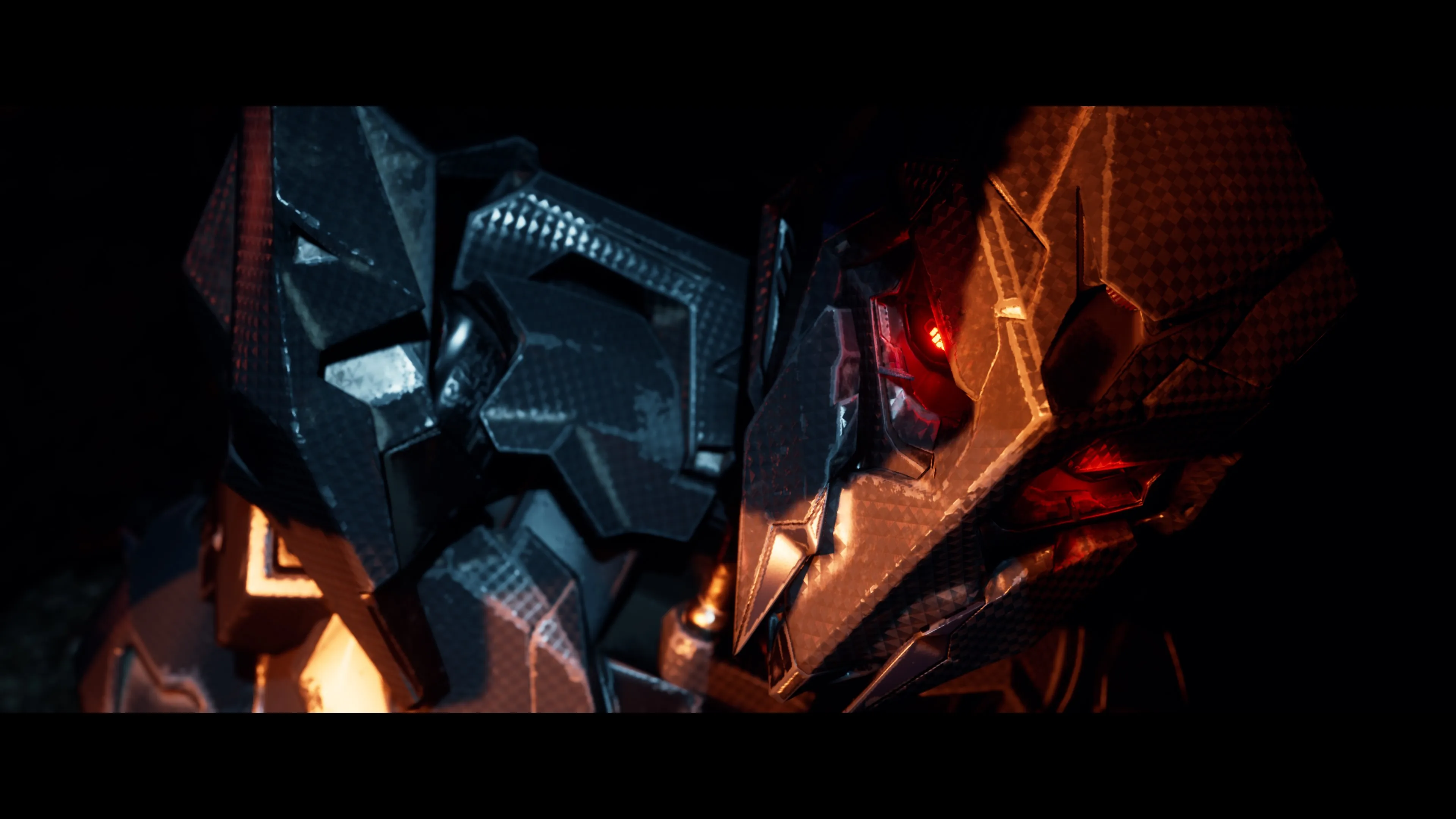
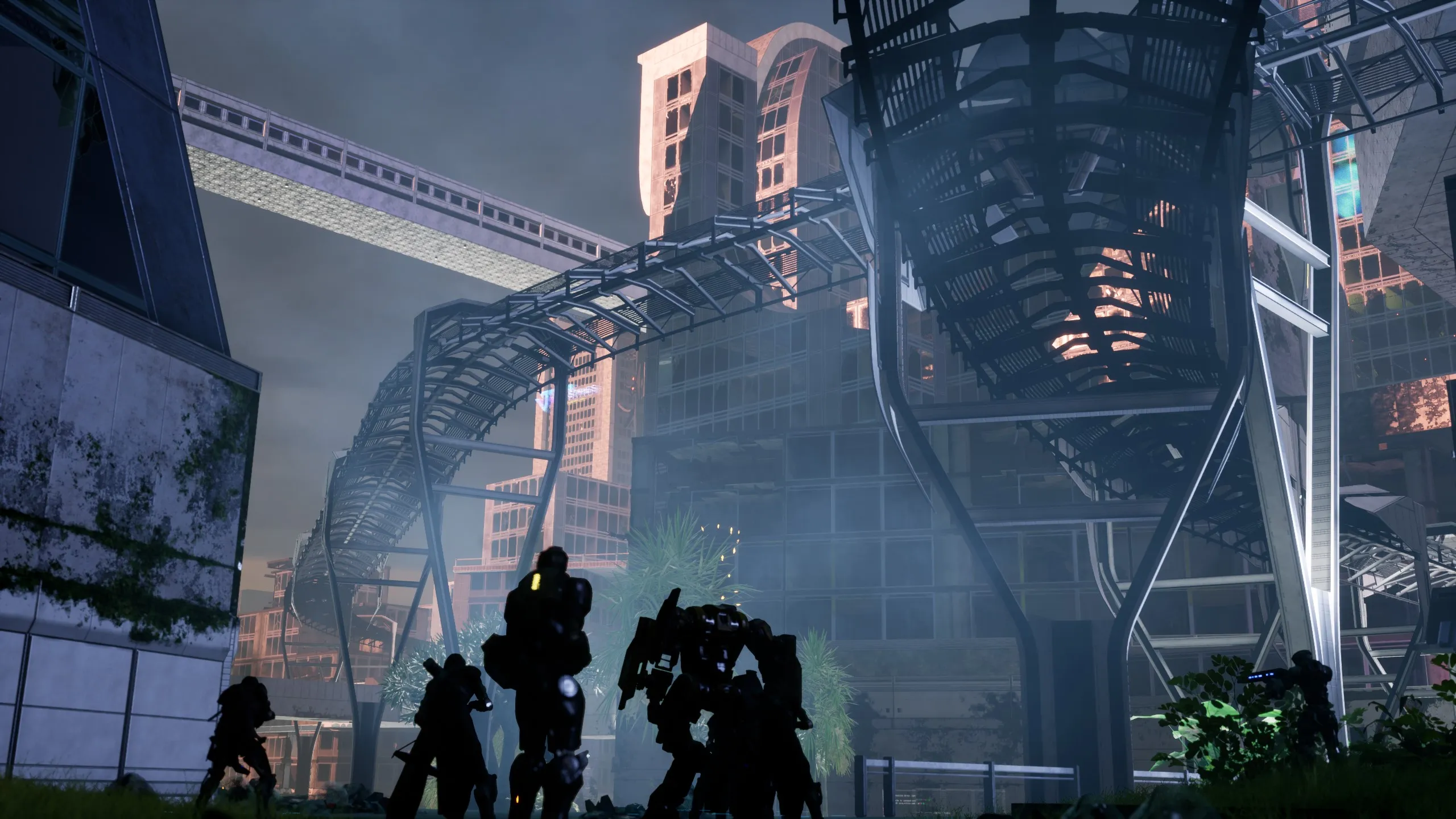
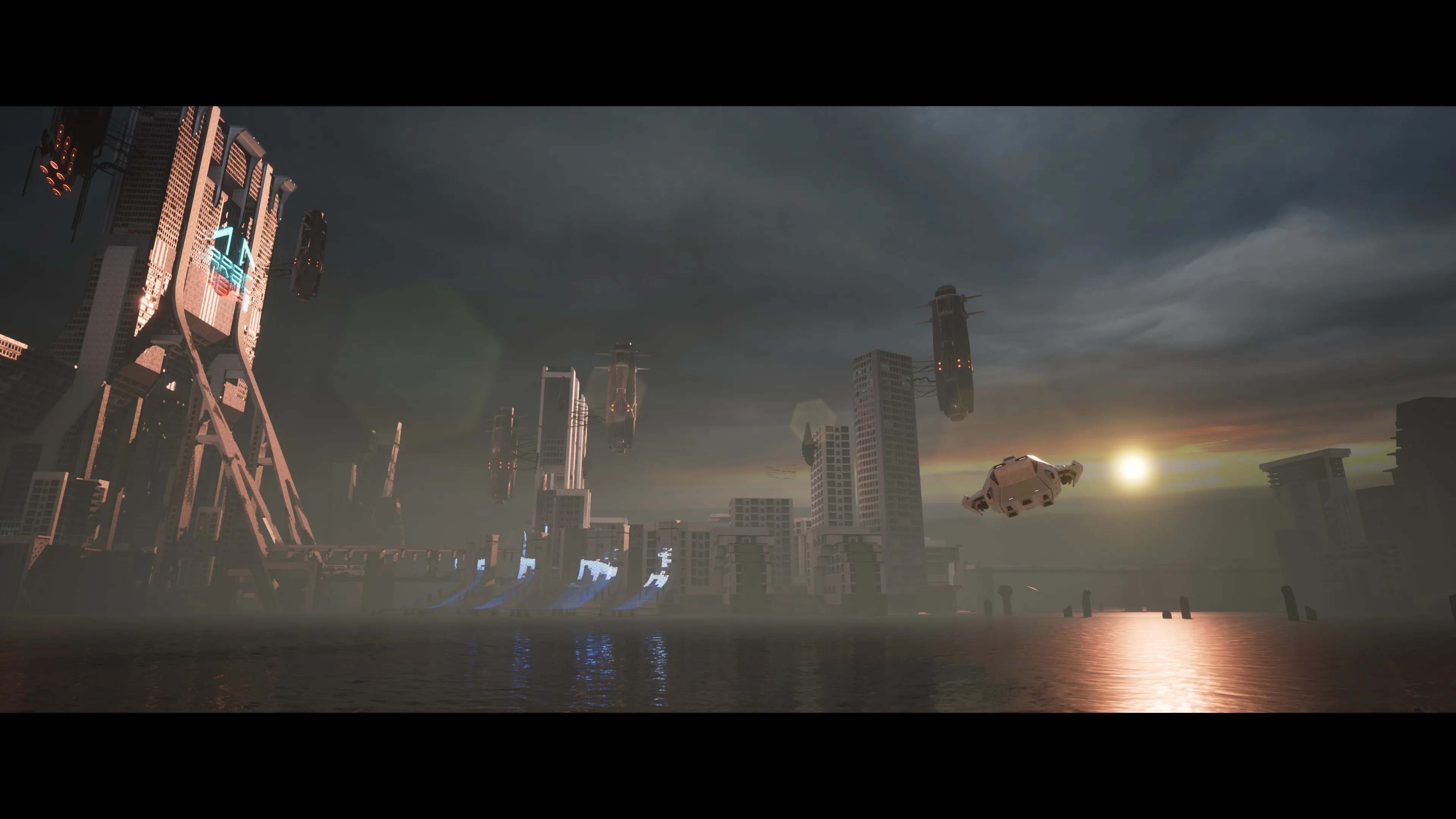
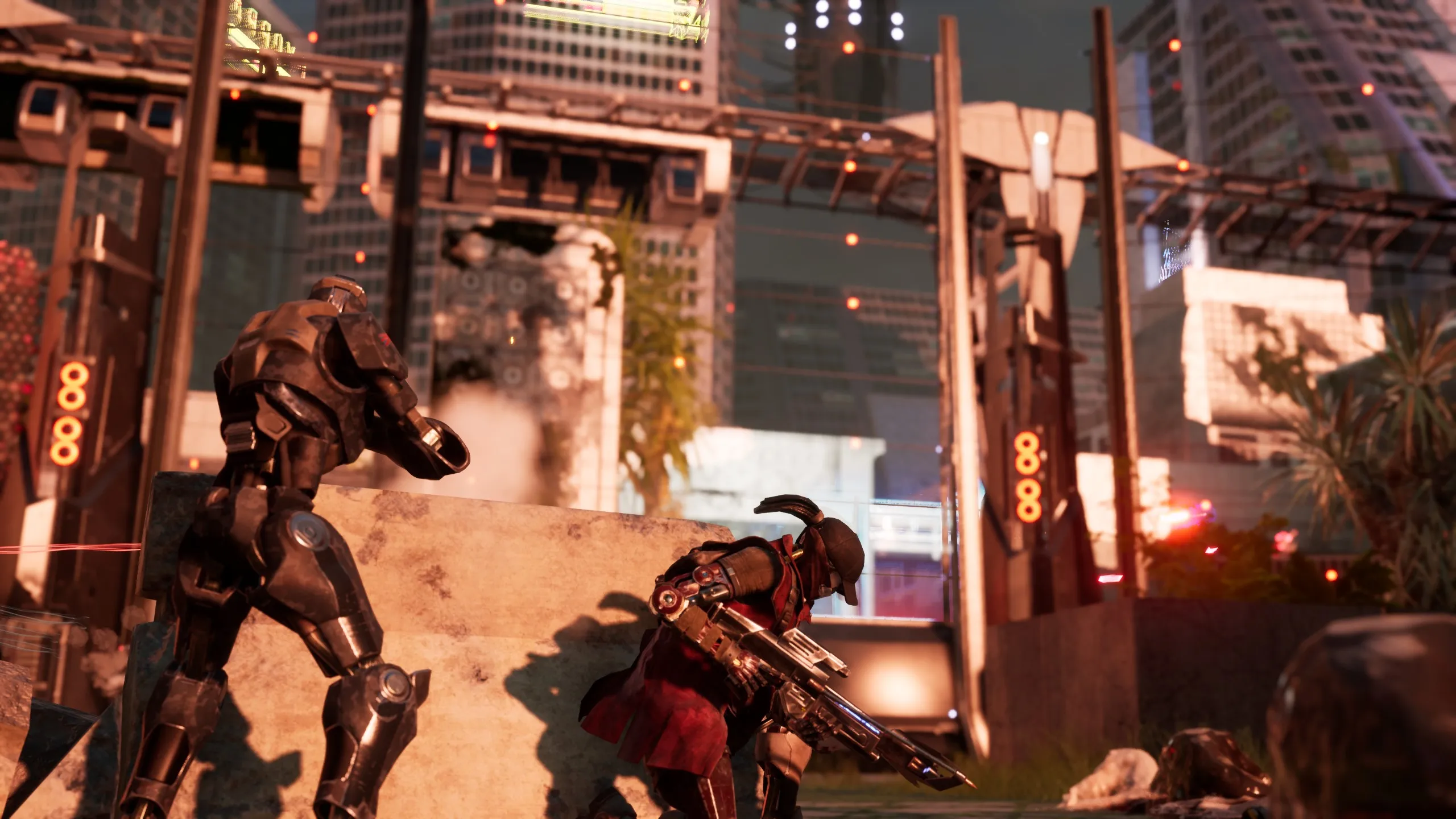
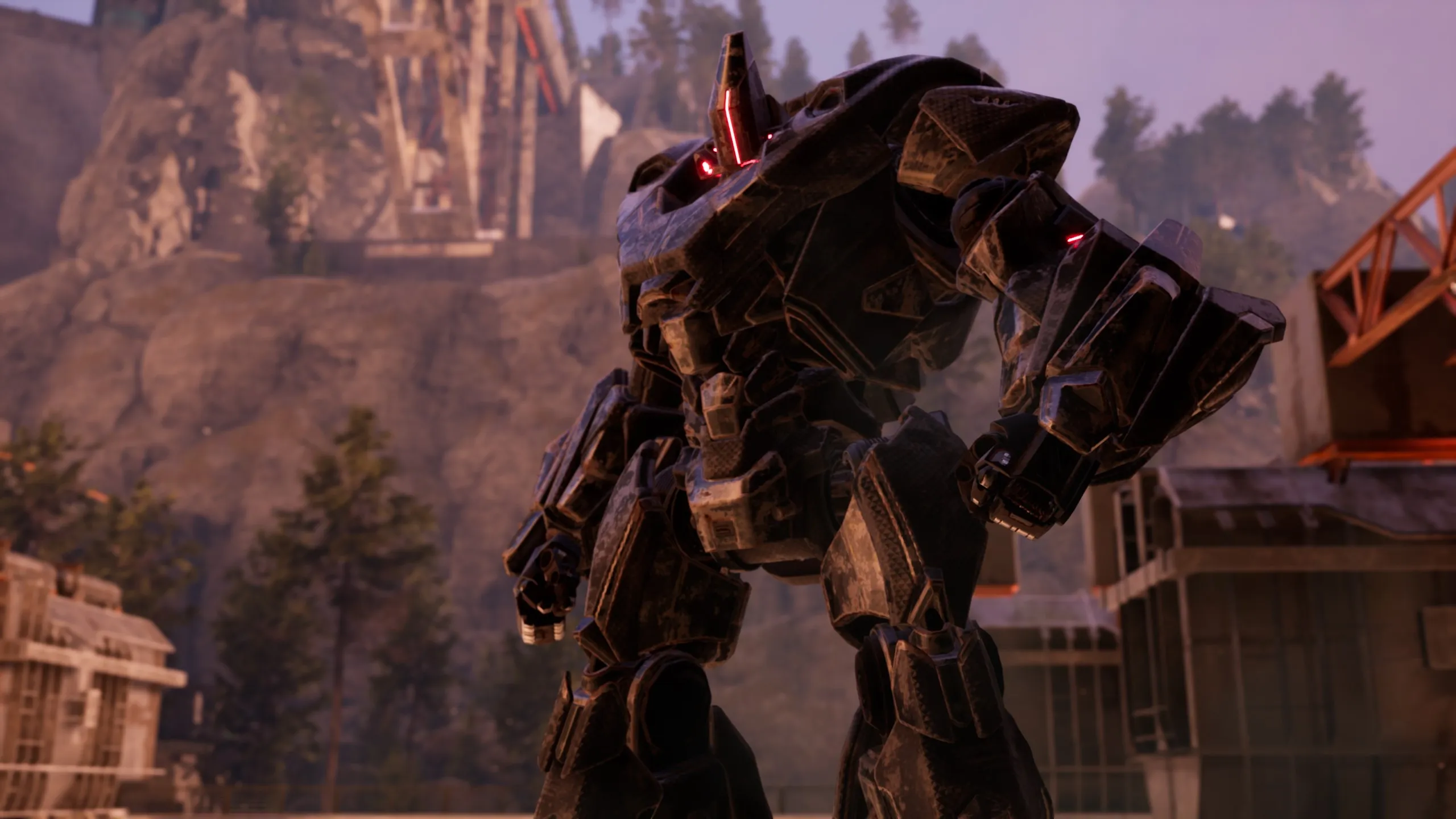
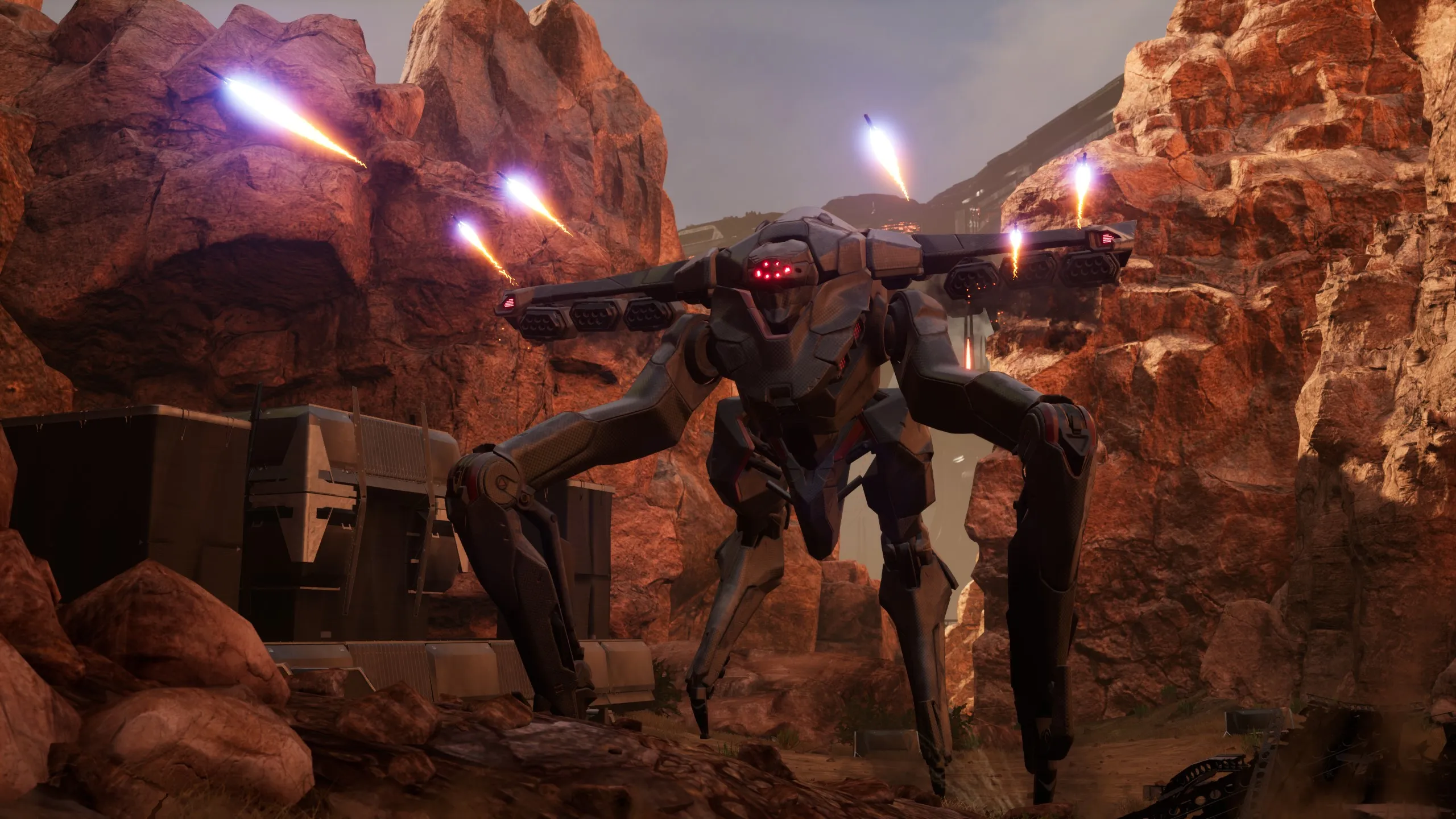
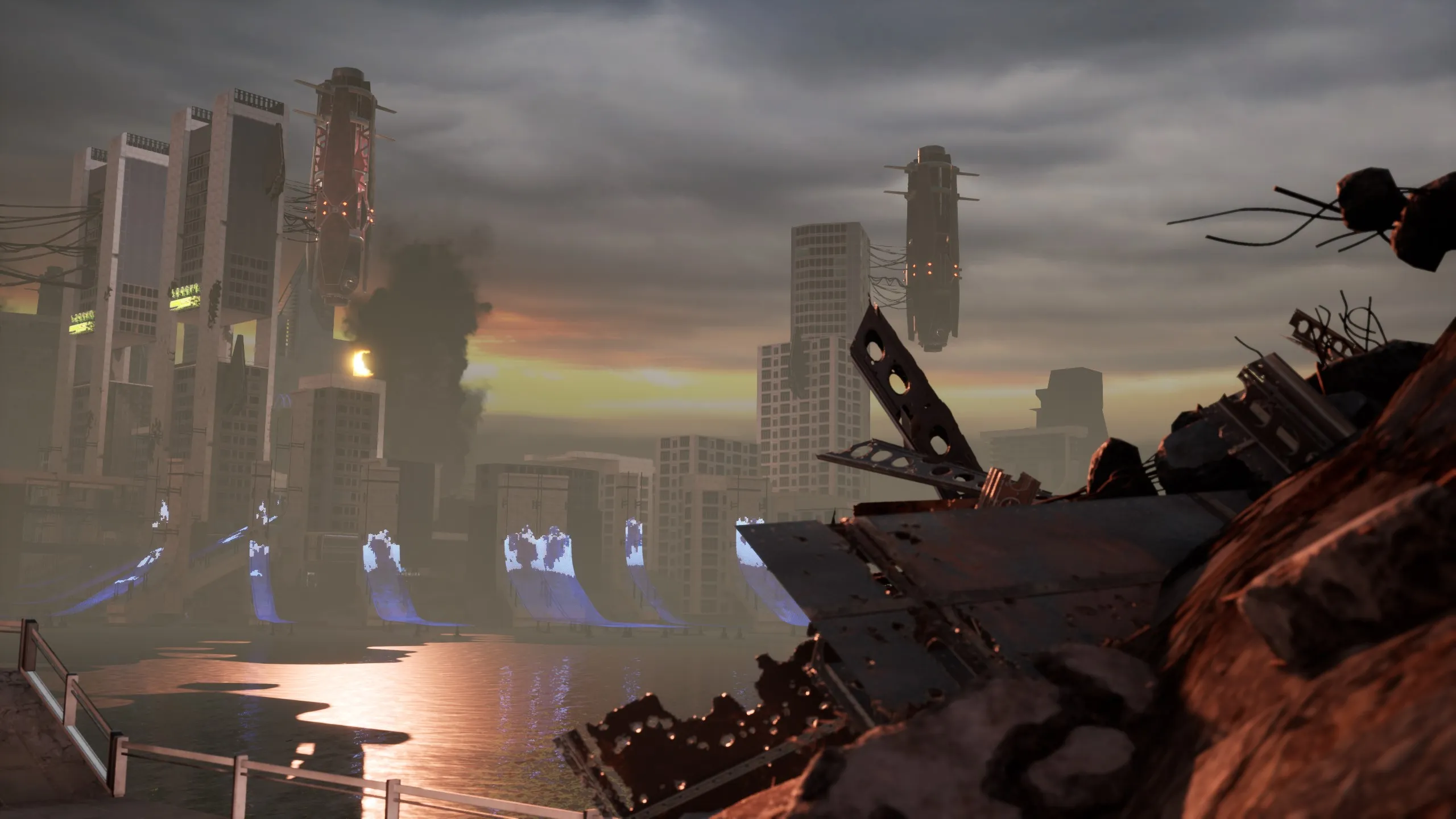
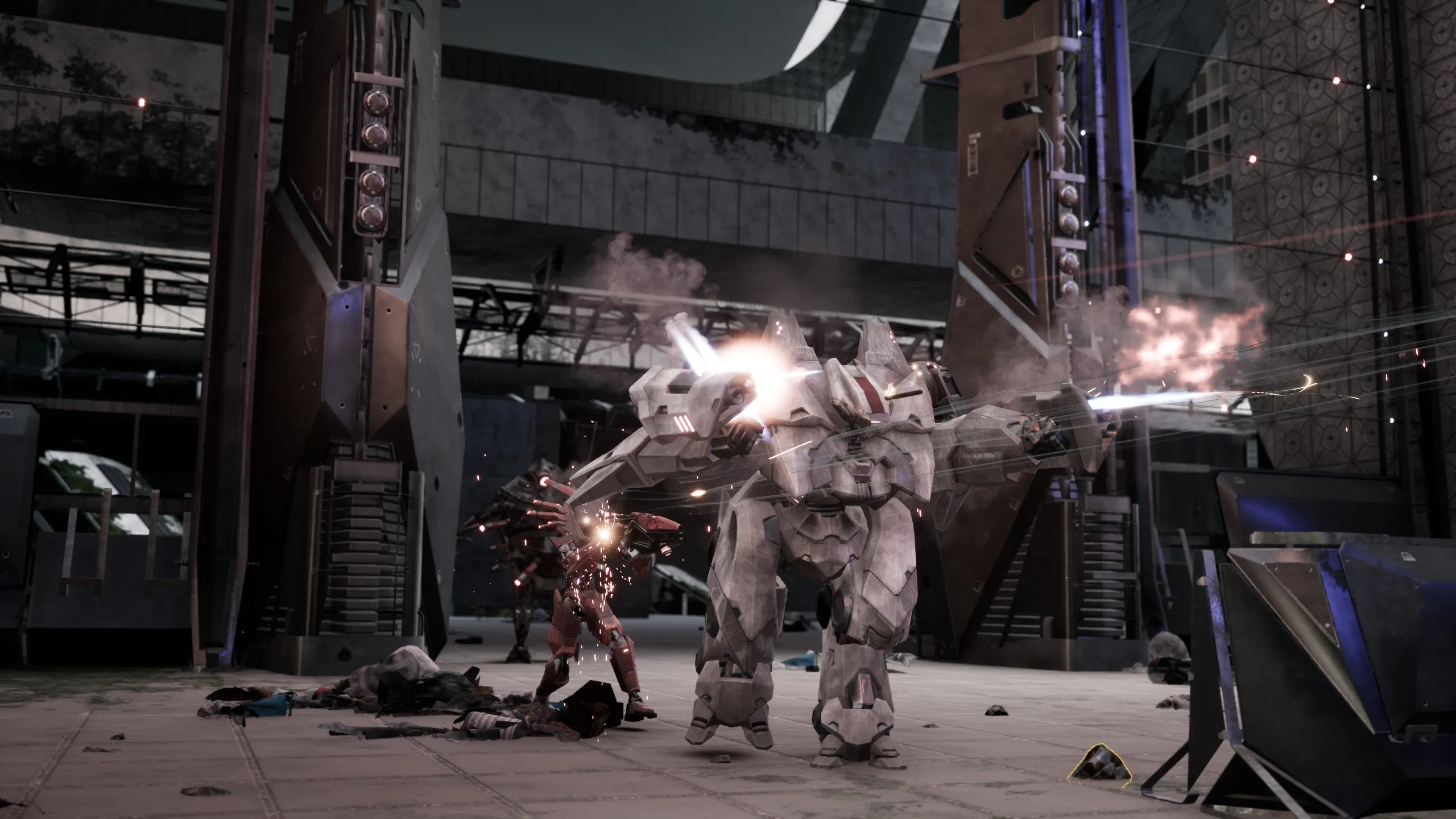
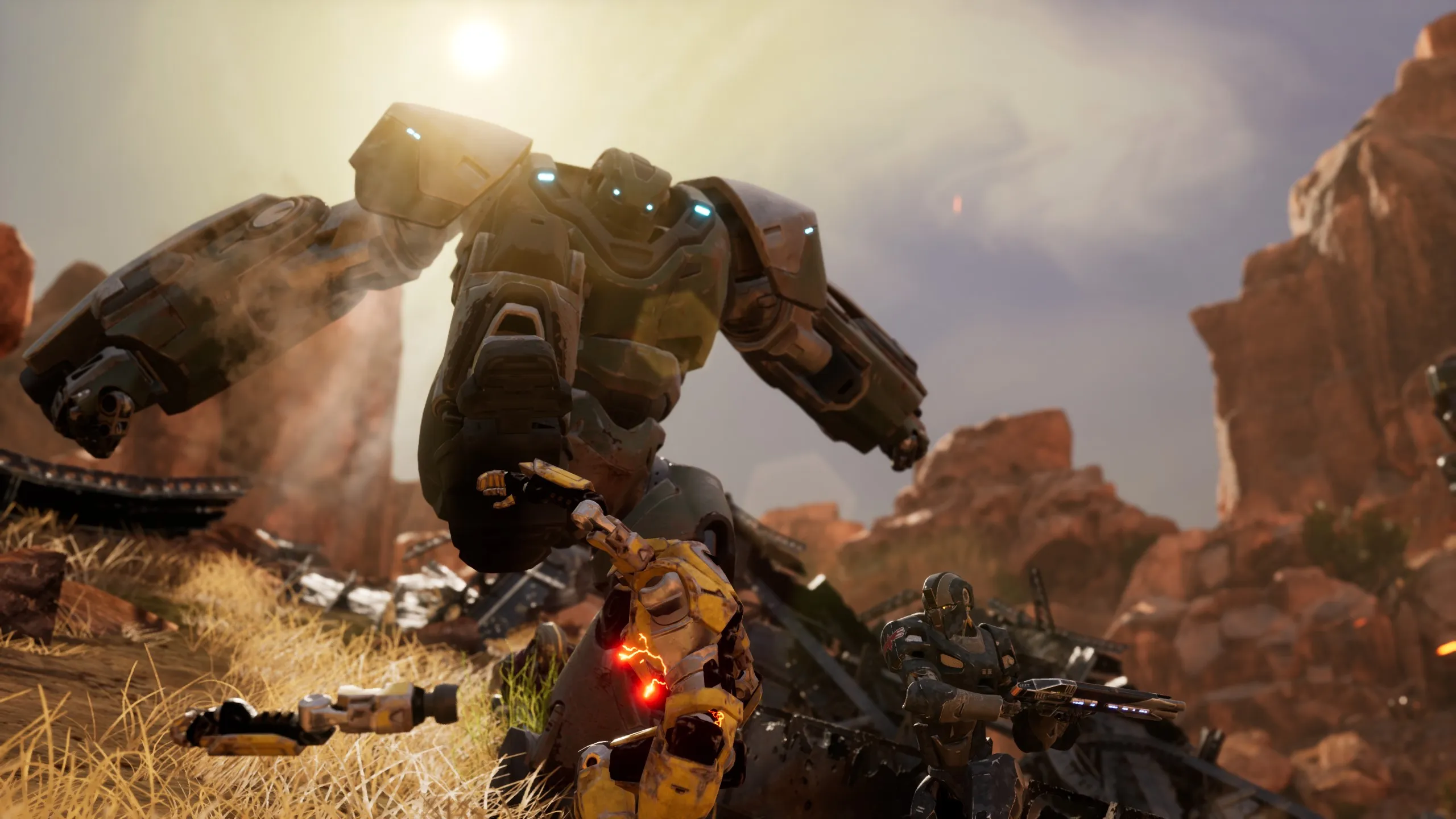
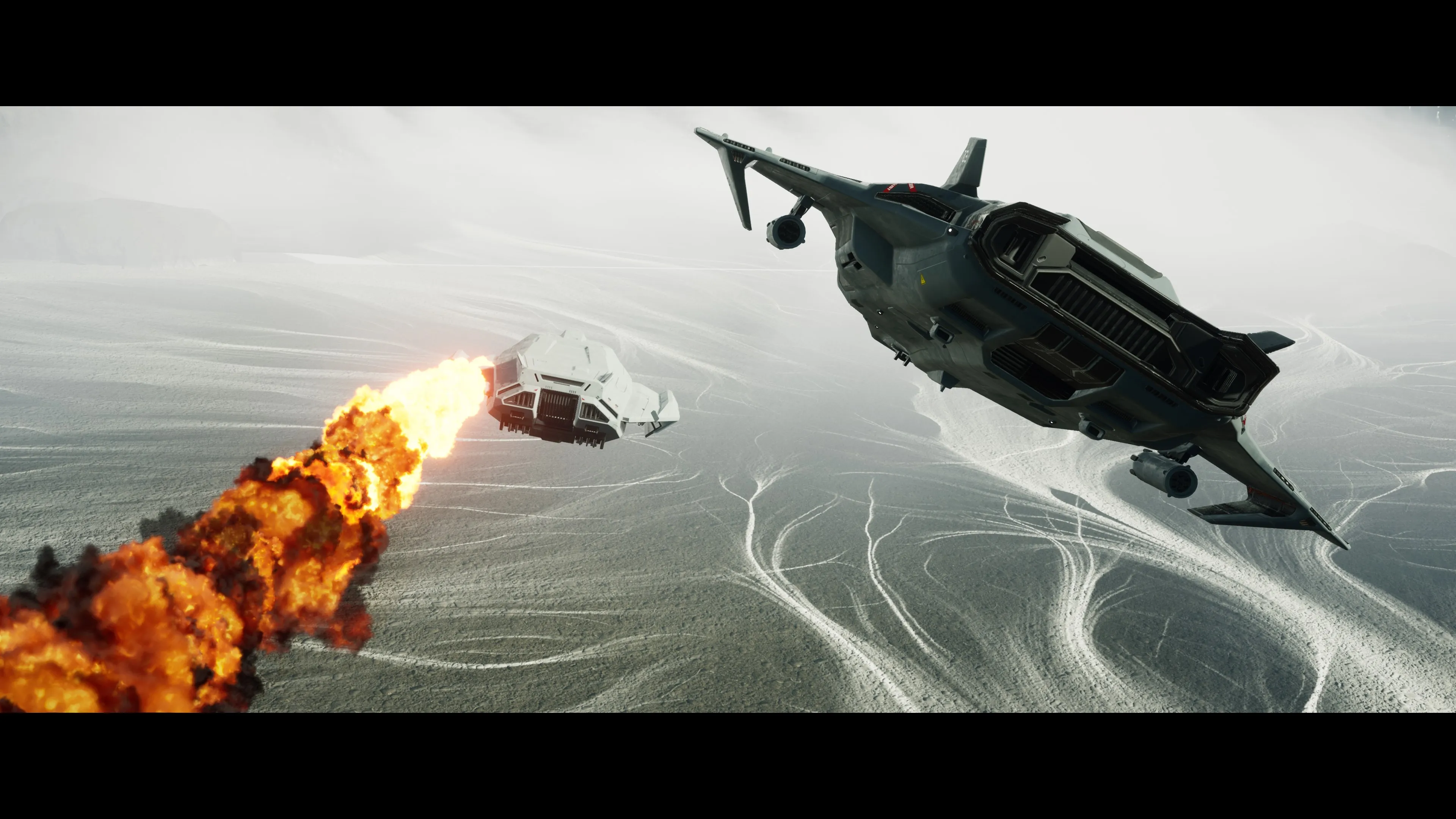
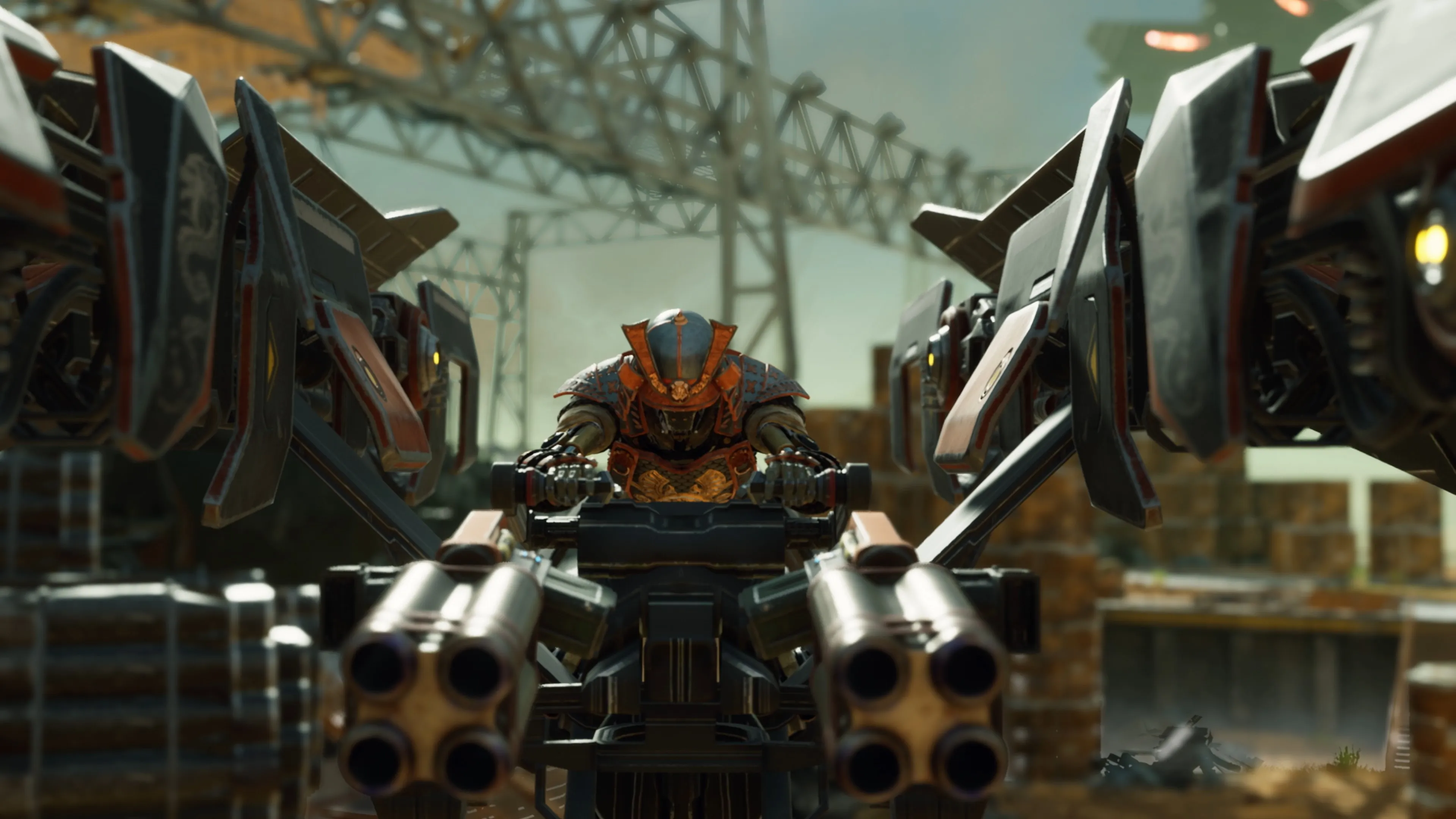
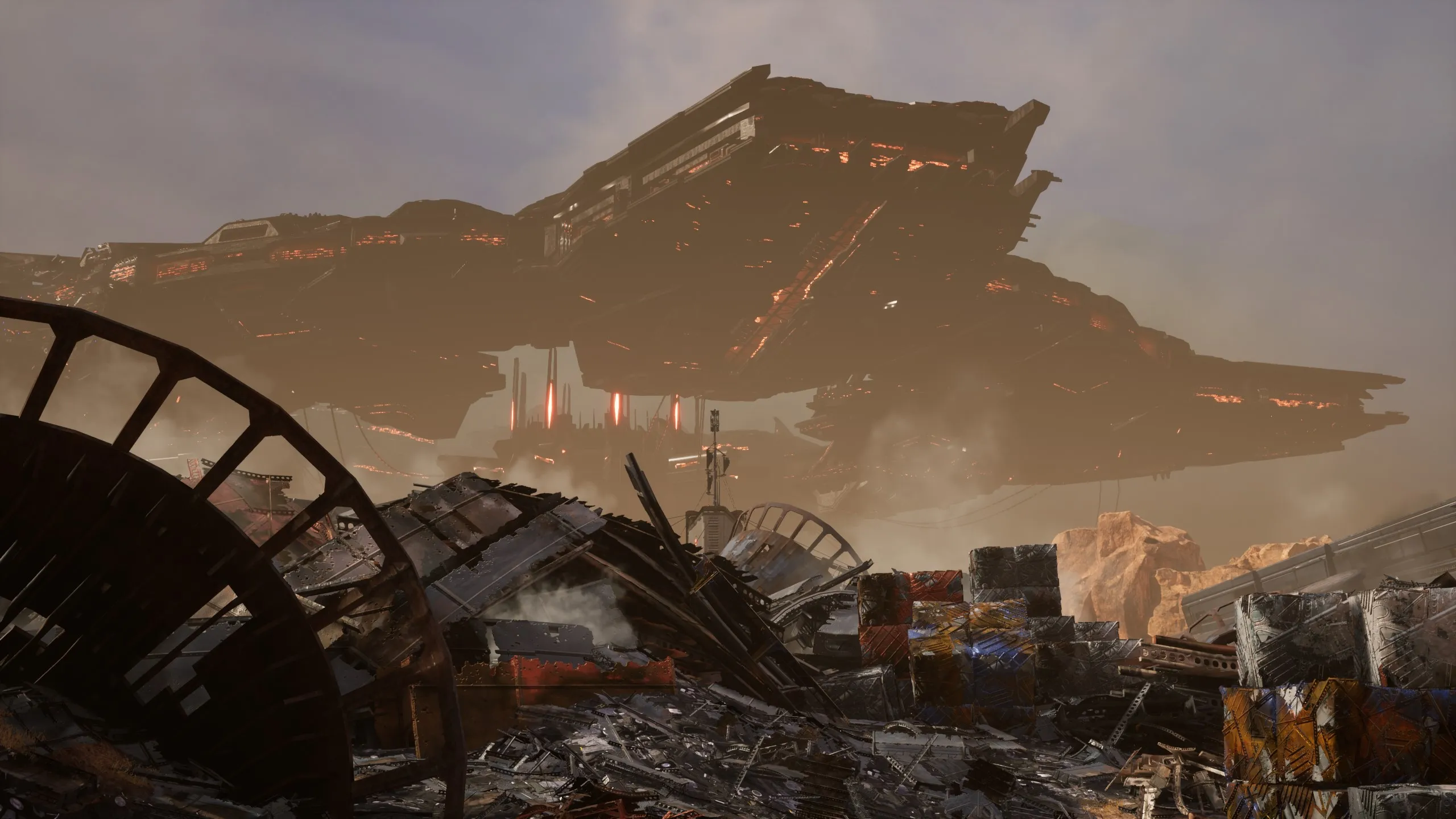
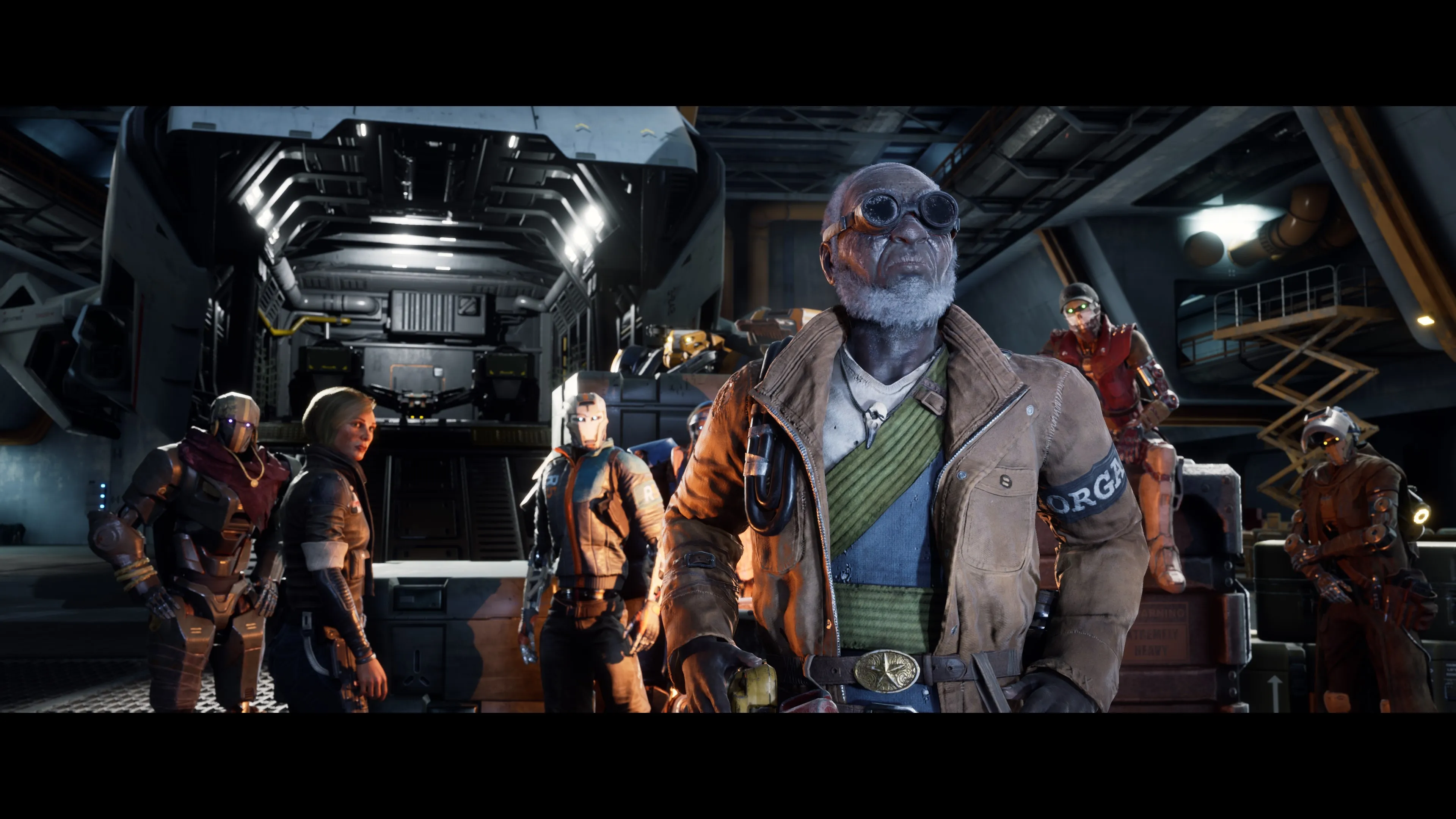
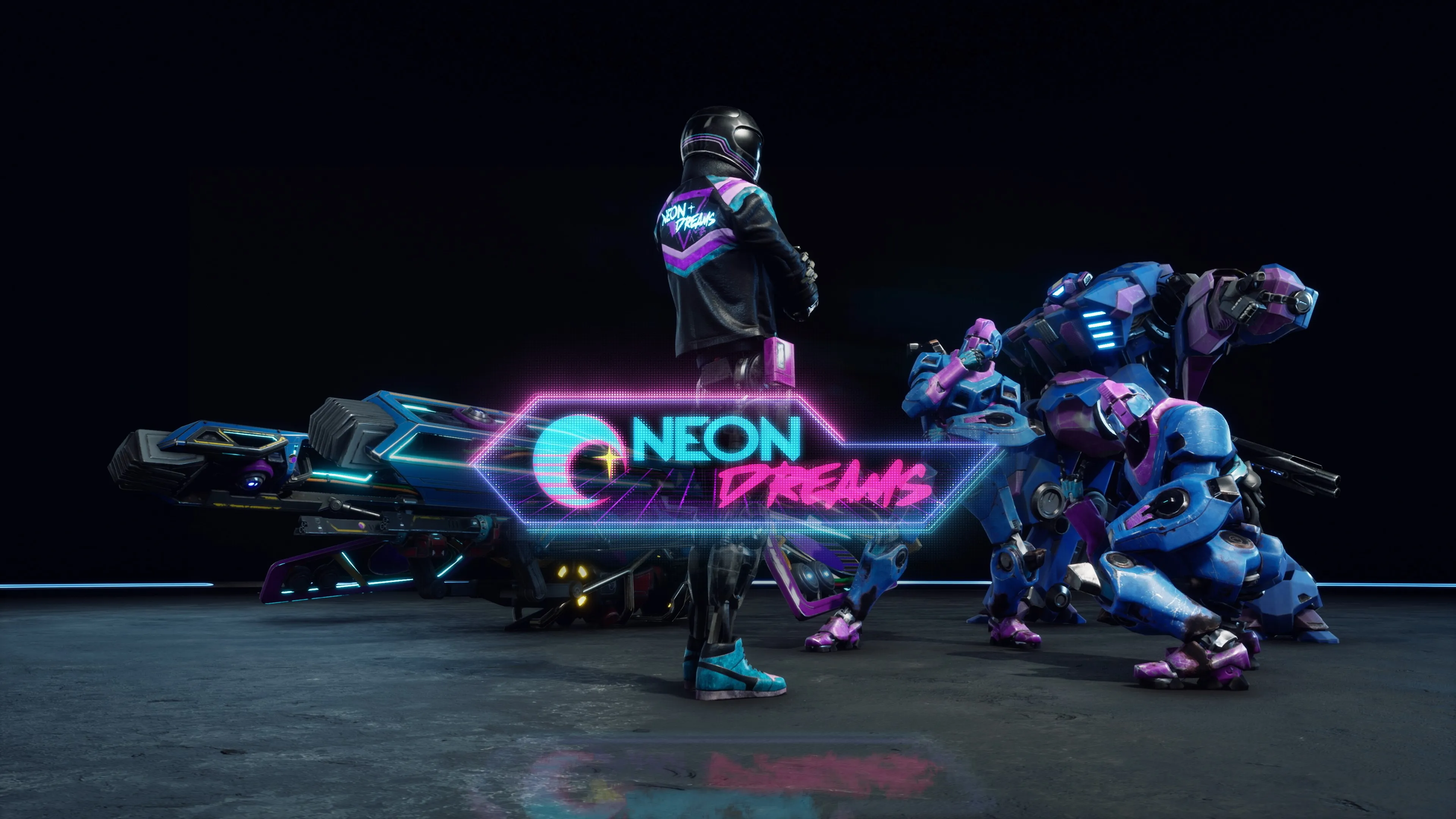
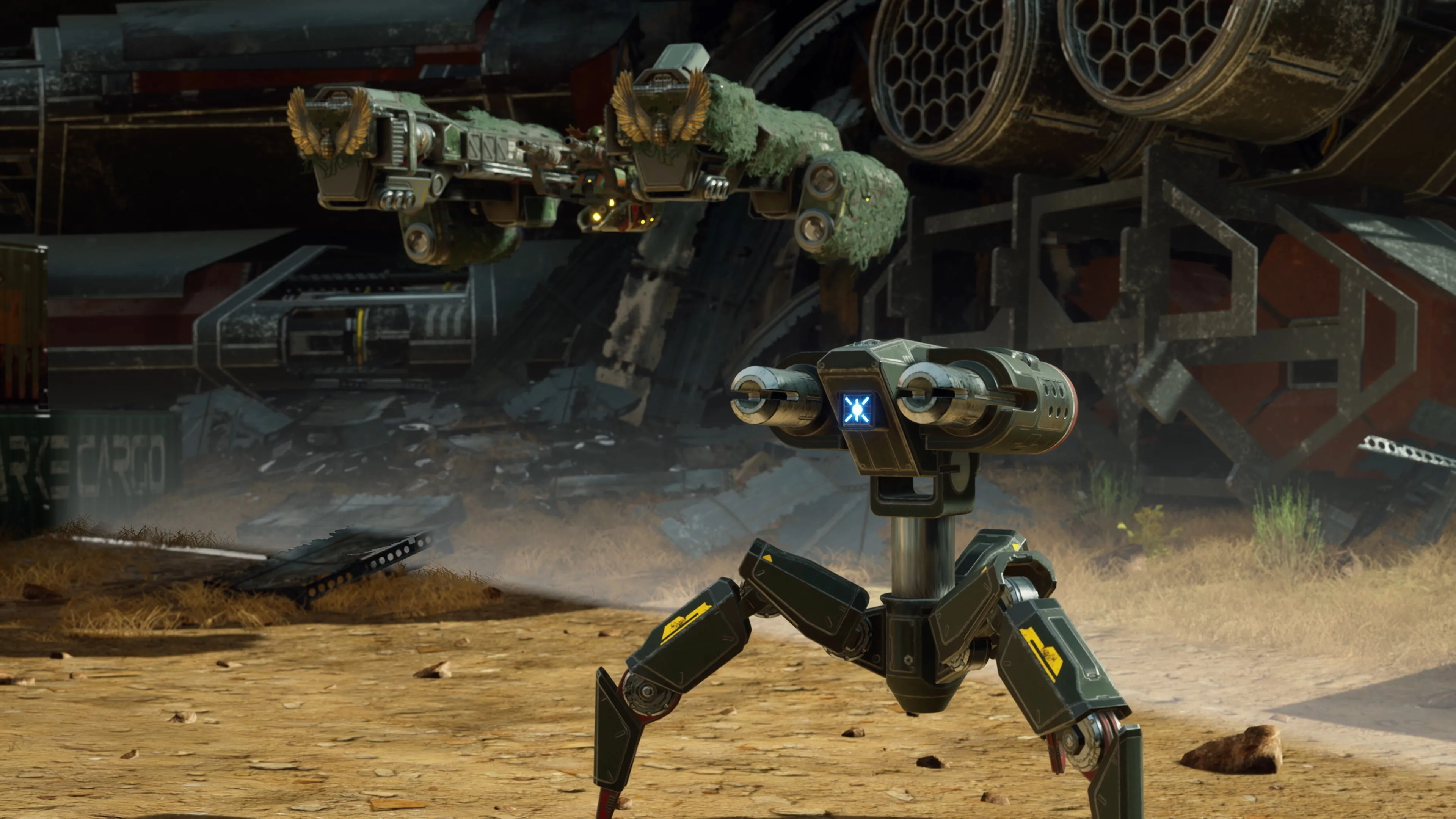

Get the Game Informer Print Edition!
Explore your favorite games in premium print format, delivered to your door.
- 10 issues per year
- Only $4.80 per issue
- Full digital magazine archive access
- Since 1991
